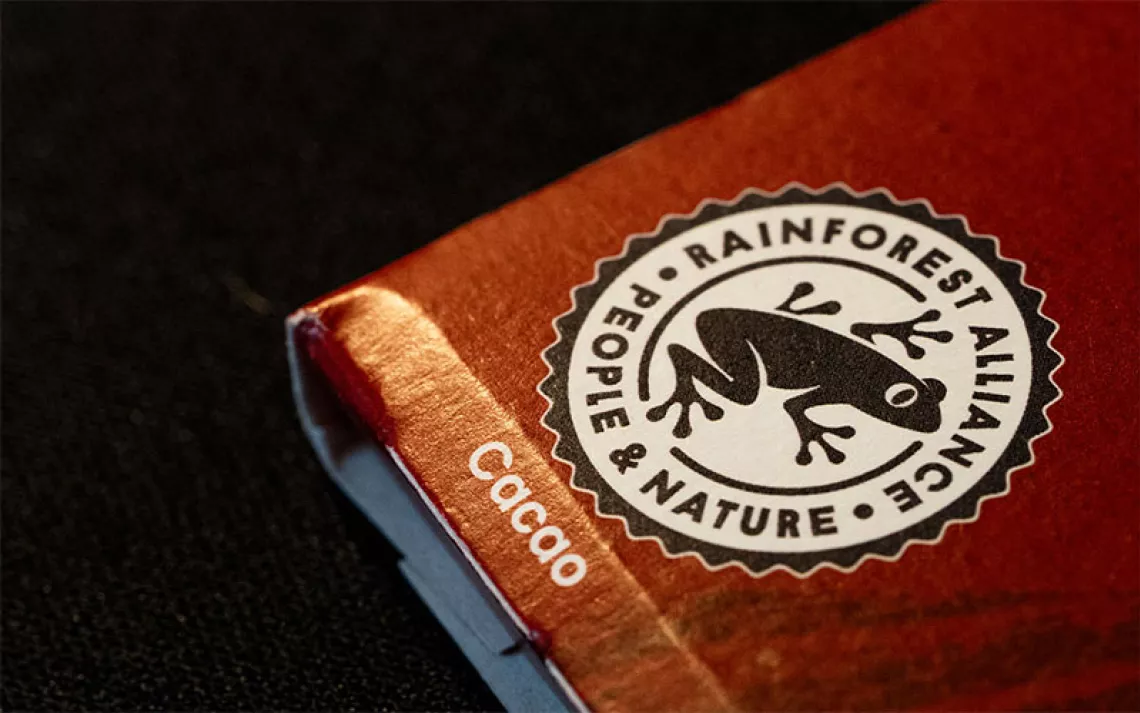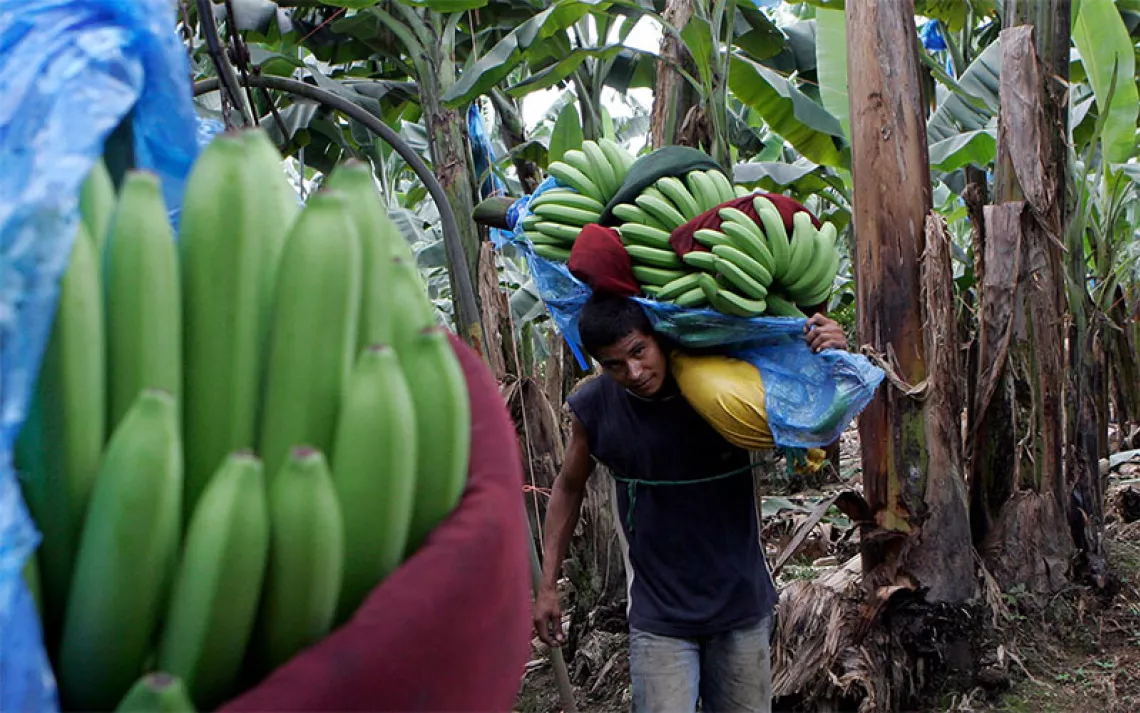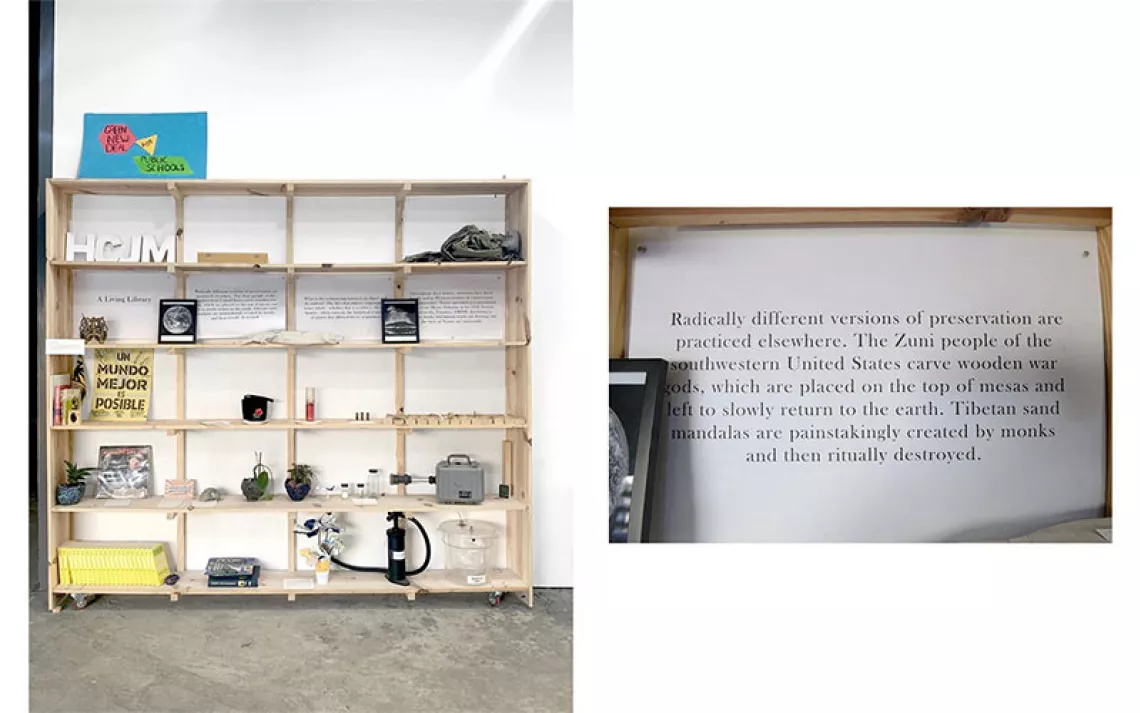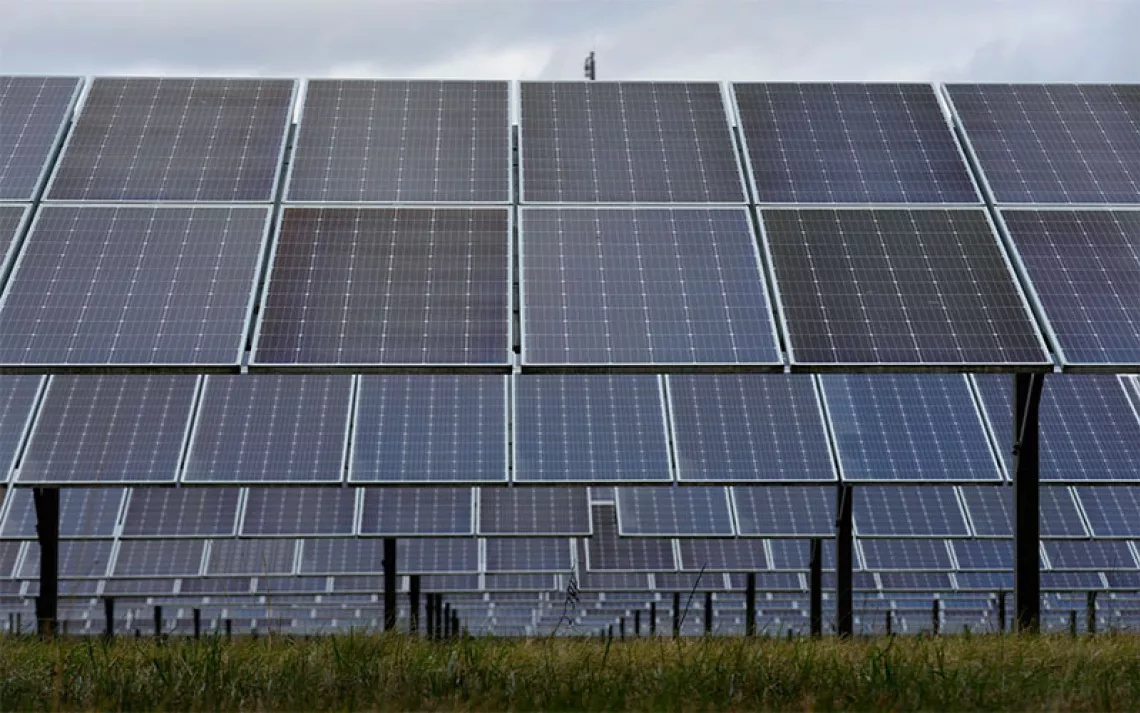Prison Ecology
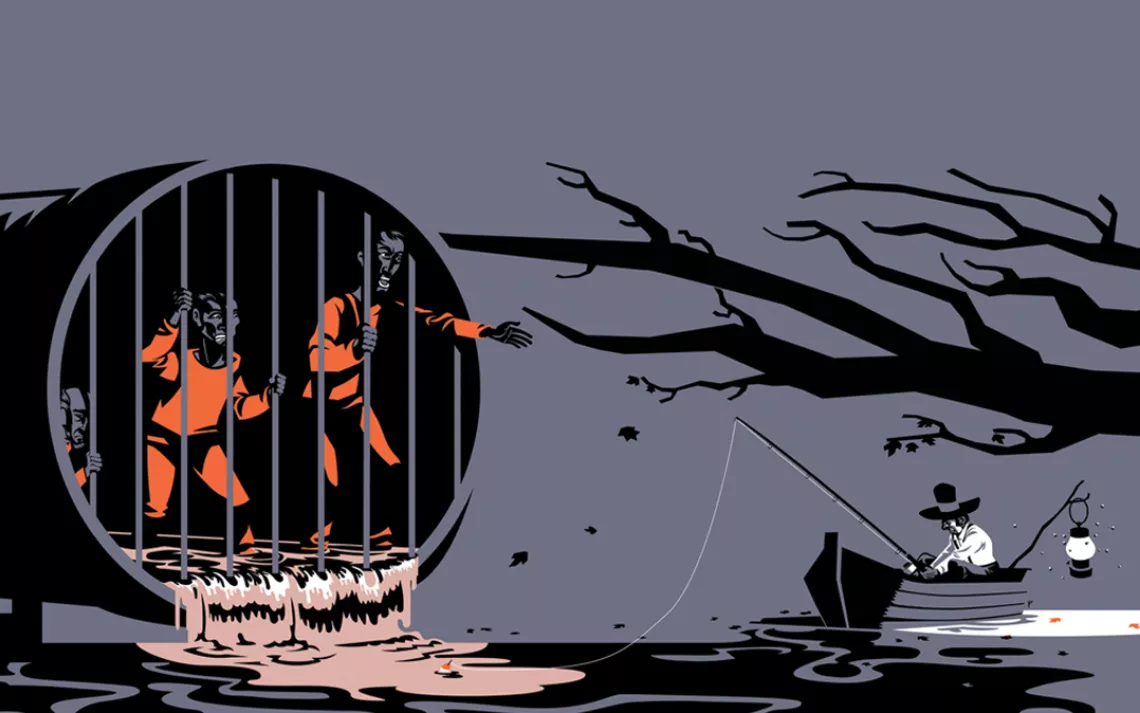
Illustration by Peter Hermann
On a February evening in 2005, a couple hundred people showed up at a public hearing at Oak Grove High School in north-central Alabama to complain about sewage in the tributaries of the Black Warrior River, a popular site for swimming, boating, and fishing. The source was the William E. Donaldson Correctional Facility, which held some 1,500 inmates even though it had been built to house fewer than half that many.
"Rest assured that if any one of us was dumping raw sewage into the river, we would be heavily fined and locked up in the very prison we're discussing," observed Buddy Vines, described in the next day's Birmingham News as "a lifelong resident of property along the river."
People had been complaining about the sewage for years, but Alabama's Department of Corrections and Department of Environmental Management failed to take effective action, and so the dumping continued for another nine years. It took multiple lawsuits by Black Warrior Riverkeeper, an Alabama nonprofit, to get the Department of Corrections to agree to a plan for repairing and upgrading the prison's sewage plant.
Donaldson's problems are multiplied across the country. The United States incarcerates 716 out of every 100,000 people—more than any other nation—and our prisons are a continual source of environmental degradation. In California, at least 8 of 33 state prisons have been cited for water pollution problems over the past 15 years. In Washington State, the LEED-certified Monroe Correctional Complex has been dumping sewage into public waterways for more than 25 years.
"In some ways, a prison is a factory farm for humans," says Panagioti Tsolkas, who directs the Prison Ecology Project, an arm of the Florida-based Human Rights Defense Center (HRDC). "And sadly, it has the equivalent output."
Founded earlier this year, the Prison Ecology Project hopes to focus attention on the environmental impacts of the nation's booming prison economy. Yet, says Tsolkas, when he tries to interest environmental groups in the subject, he is often greeted with blank stares. "The first reaction is to be a bit dismissive, like, 'There are lots of things to fight, and this one isn't on our radar.'"
"But," says Paul Wright, HRDC's founder and executive director, "if you start looking at criminal justice through an environmental lens, a whole new world opens up."
In 2013, the Bureau of Justice Statistics recorded 2.3 million incarcerated Americans. Yet the 5,000 jails and prisons that hold them are frequently situated in remote and impoverished areas and inhabited by people whose free speech rights are sharply curtailed, so they operate far from the public view. Also hidden are the effects of prison pollution on the inmates themselves.
The EPA defines environmental justice as "the fair treatment and meaningful involvement of all people regardless of race, color, national origin, or income with respect to the development, implementation, and enforcement of environmental laws, regulations, and policies." African Americans, Latinos, and Native Americans are vastly over-represented in the nation's prisons, but the Federal Bureau of Prisons has never taken that into account when assessing the environmental justice impacts of a new prison as part of an environmental impact statement. If it had, some prisons might never have been built.
In Pennsylvania, the 2,000-inmate State Correctional Institution at Fayette sits next to a massive coal ash dump containing toxics like mercury, lead, arsenic, hexavalent chromium, cadmium, and thallium. Rikers Island correctional facilities in New York were built in 1932 on a landfill that still belches foul-smelling methane gas. In Washington State, the Northwest Detention Center is next to a federal Superfund site known as the Tacoma Tar Pits. In Colorado, nine state and four federal prisons and penitentiaries are located in an area where the water table has been contaminated by high concentrations of trichloroethene from an abandoned uranium mill.
Inmates in many of these facilities report health problems consistent with toxic exposure. But their options are limited. "They can't say, 'Hey, I don't like it here, so I'm going to move,'" Wright points out. "In a prison, you don't have any choice."
Last summer, the Prison Ecology Project submitted a letter to Charles Lee, the EPA's deputy associate assistant administrator for environmental justice, asking the federal government to consider prison populations in its environmental justice assessments. Ninety-three other environmental and social justice organizations signed on, indicating that awareness is beginning to spread.
It has yet to reach the Bureau of Prisons. The Prison Ecology Project is fighting a plan to build a federal correctional facility for 1,200 inmates on a former mountaintop-removal site in Kentucky. The environmental impact statement for the facility doesn't consider the potential health effects of the land's toxic past or the region's contaminated water supply.
"In the environmental community, people tend to see the government as the solution," Wright says. "But it's the government that's building these facilities. It's the government that puts people there at gunpoint. And it's the government that's ignoring these toxic impacts."
This article appeared as "Prison Ecology" in the November/December 2015 print edition of Sierra.
WHAT YOU CAN DO
The Prison Ecology Project opposes the construction of a proposed new maximum-security prison in Letcher County, Kentucky, and requests that supporters contact Chris Militscher at EPA Region 4 (militscher.chris@epamail.epa.gov or 61 Forsyth St., Atlanta, GA 30303). Ask him not to let the permit move forward without a proper assessment of the prison's impacts on environmental justice and endangered species.
 The Magazine of The Sierra Club
The Magazine of The Sierra Club
